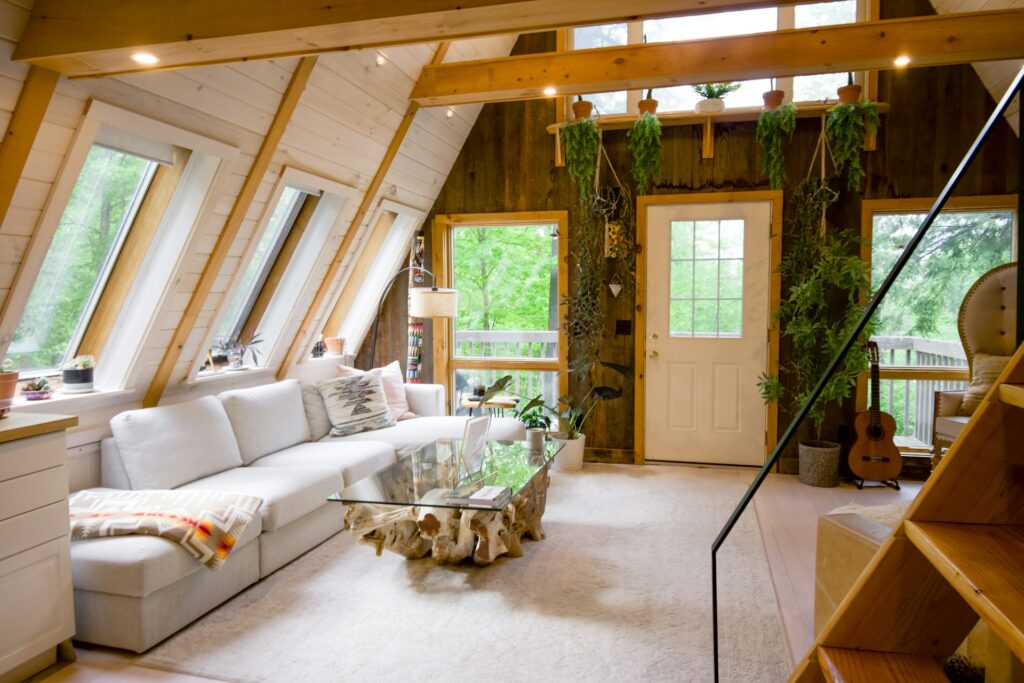
We are reader-supported. When you buy through links on our site, we may earn an affiliate commission.
Investing in real estate can be a smart investment if you play it right. It provides a source of passive income and relies less on the changing stock market. There are multiple types of real estate you can invest in, from residential to commercial properties. Here are seven real estate investment strategies to get you started.
1. Start With Rental Buildings
These allow you to get a steady source of income, as long as you have reliable tenants. To ensure this, properly screen all your renters first. During the screening, start with an initial interview to gather information. Figure out why they are moving and if they meet the income requirement. Then send out an application and contact references from employers and previous landlords.
Also, you need to show your appreciation and write a good listing. To keep renters renewing their lease they need to feel valued. So, do simple gestures, such as promptly responding to maintenance requests. When writing your listing, highlight valuable amenities, such as an in-unit washer.
Managing a rental property can be a lot, so hiring a property management company can help. They can handle things like tenant screening, security deposits, and maintenance. They can also offer advice on pricing relative to the current market.
2. Try Buying and Holding Strategies
This is one of the real estate investment strategies where you buy a property with the intent to hold the asset for a certain amount of time. The idea is residences will appreciate over time. So, you can enjoy the benefits of a steady income when the price is rising.
Plus, the more real estate you own the greater flexibility you have to take out a low-equity line of credit. Then when you’re ready to sell you can avoid paying capital gains through the 1031 exchange. You can use this strategy for a variety of properties such as single-family homes and apartment complexes.
To find the best investment property do your research. Know the ins and outs of the market and who your target audience is. In addition, learn what appeals to renters in your area and how to increase a property’s value.
3. Consider Flipping a Property
Flipping a house is when you buy it, fix it up and then sell it. It’s similar to the buying and holding method. You want to find the balance between renovations and staying within your budget to make a profit.
Here are a few renovations that can add value to the home:
- Replacing siding
- Update garage and front door
- Install laminate wood flooring
- Enhance curb appeal
- Upgrade bathroom vanities and fixtures
Just keep in mind this is a time-consuming and energy-intensive project. However, investors who have a routine process can make this go smoother. So, know where to purchase affordable materials, have a quality construction crew, and hire a reliable real estate agent.
4. Do a Live-in Flip
This is where you live in the property while it’s being renovated. A live-in flip can reduce costs and make lower construction time. It also allows you to avoid capital gain taxes if you live in the property for at least two years. Plus, then you only have one mortgage.
However, living in a construction zone can have its challenges. Put up temporary barriers and air filters to protect your family from dust and debris. Also, designate certain areas for eating and resting. Your living room corner may need to temporarily turn into a dining area. Also, remove everyday items, like electronics, away from construction rooms.
5. Try Wholesaling
It is when a wholesaler enters into a contract on a home before selling the contract to a buyer. It is a good strategy for those with low or no credit. To get started find a property and arrange the price and conditions. Then draft a purchase agreement and find someone to buy the residence. Once you find a buyer they are now the homeowner, the seller gets paid, and you collect an assignment fee.
6. Try House Hacking
House hacking is one of the real estate investment strategies when you live in a home that already produces income, such as a duplex. By renting out part of the residence, you can lower your housing costs. The nice thing about this strategy is you learn about how to be a landlord while living in your rental.
Then when you’re ready you can move out and transition the property to a long-term rental. When managing your rental, thoroughly screen tenants and have a well-written lease.
7. Live In the Rental First
This is similar to a live-in-flip, except you aren’t renting the property right away. That way you get a feel for the space and can build up a small portfolio. Research strategies for buying and selling real estate and learn the ins and outs of the market. Plus, then you don’t have tenants living right next door.
Best Real Estate Investment Strategies
Investing in real estate can be a lucrative opportunity. Yet, there are a few tricks that can help you to be successful. Follow these real estate investment strategies to build your portfolio today.







